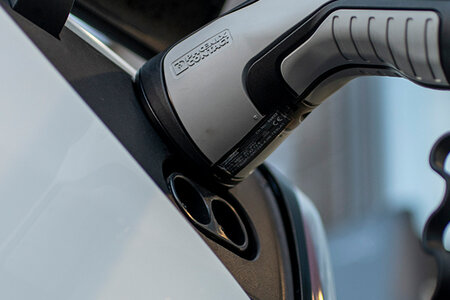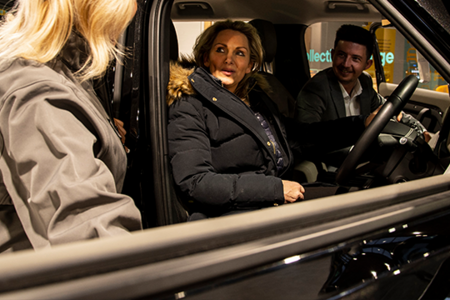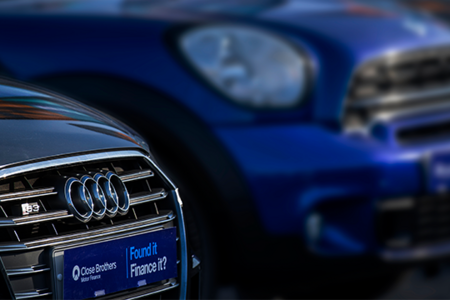Paying upfront for a car is increasingly falling out of favour with UK drivers according to research from the new Britain Under the Bonnet report from Close Brothers Motor Finance. In the past year, the proportion of drivers saying they will opt for finance, leasing or renting for their next car has increased by 15% (from 37% in 2018 to 43% now).
While paying for a car upfront was the most common way of purchasing a car, the proportion planning to do this for their next car fell from 63% in 2018, to 57% this year.
The figures come as predictions of the end of car ownership gain prominence, with younger generations driving the demand for leasing, moving the industry towards so-called ‘mobility-related services’.
Indeed, three in five (60%) drivers under 25 said they were looking to pay for their next car either by using car finance, leasing, or by renting, more than double the proportion of drivers aged over 55 (28%).
Of these young drivers, 48% said they would opt to use finance to purchase the latest vehicle model, or the model that they wanted, while just 20% said they would do this for financial reasons to allow them to spread the payments gradually and evenly.
Drivers under 25 were by some distance the age group most likely to say that they would be looking to rent or lease their next car. One in six (16%) were looking to ‘use’ rather than own their next car, compared with one in 14 (7%) drivers over 55. That being said, the preference amongst the majority of younger drivers is still to pay upfront for their car the ‘old fashioned’ way; 39% chose this option, a fall of 12% since last year’s 51%.
This rise in the popularity of finance is supported by data from the Finance and Leasing Association, who report a 1% increase in the value of advances on new cars in the year to April 2019, and a 9% hike in the value of advances on used cars over the same period .
Seán Kemple, Director of Sales at Close Brothers commented: “The question on everyone’s minds in the automotive world is how to manage the shift from car ownership to usership, from owning to leasing. We’re now living in a world of monthly subscriptions from mobile phones to food boxes, meaning we can chop and change at the drop of a hat and only pay for what we use. This is now the norm for a whole generation coming through the market who are used to being able to upgrade and adapt to suit their needs, and the motor industry is by no means exempt.
“Looking into the crystal ball of motor finance, changes are on the horizon that could well be part of the solution to current industry problems. The challenge is that while this horizon may seem a long way off, it isn’t. We are potentially talking about a very different world of how we use and pay for cars, with some estimates as early as 2030. Dealers must keep a close eye on the latest developments in this field, as customers will rely on them as a source of knowledge.”
Britain Under the Bonnet methodology
The figures in this report are based on Close Brothers Motor Finance’s own data, a telephone survey of over 200 UK car dealers undertaken between November and December 2018, and on a consumer survey of over 2,000 UK drivers, weighted to be nationally representative. The survey was conducted in November 2018 by Censuswide. All statistics in the report, unless stated otherwise, are taken from the aforementioned sources.
To request a copy of the full report, click here.
1. https://www.fla.org.uk/business-information/documents/motor-finance-summary/ - April 2019 data






